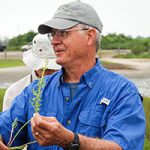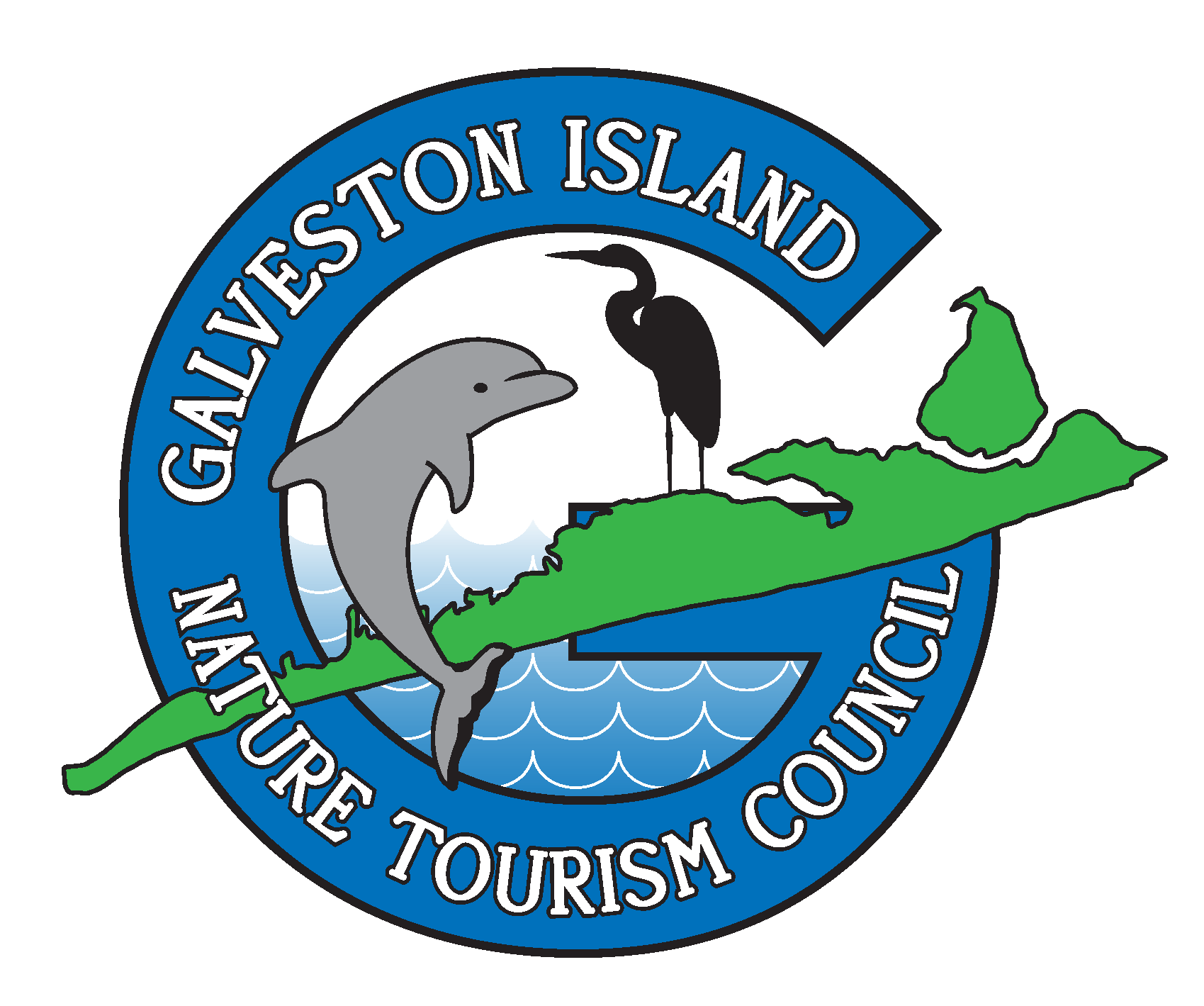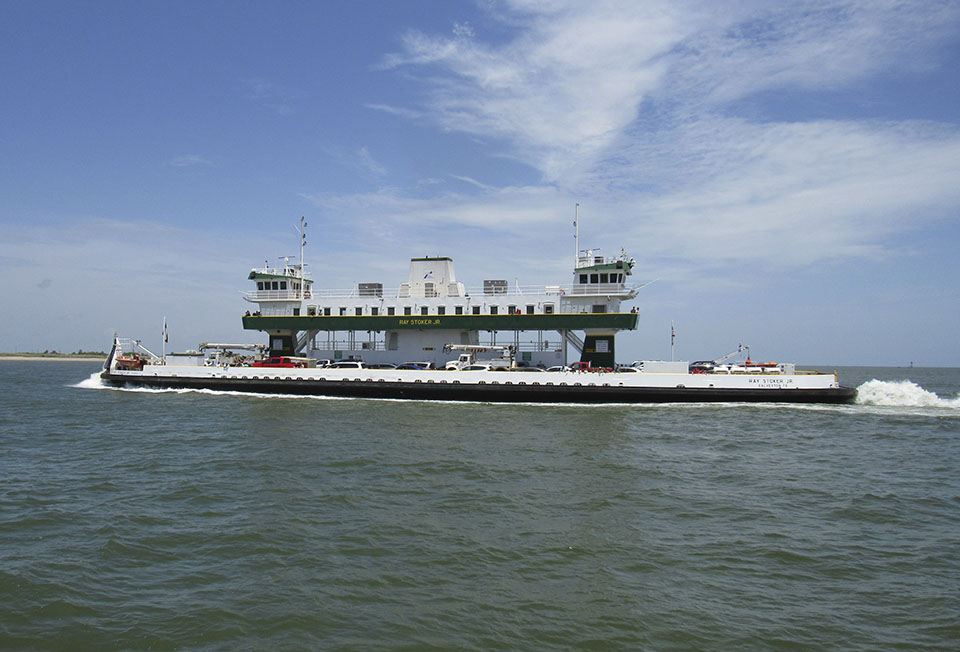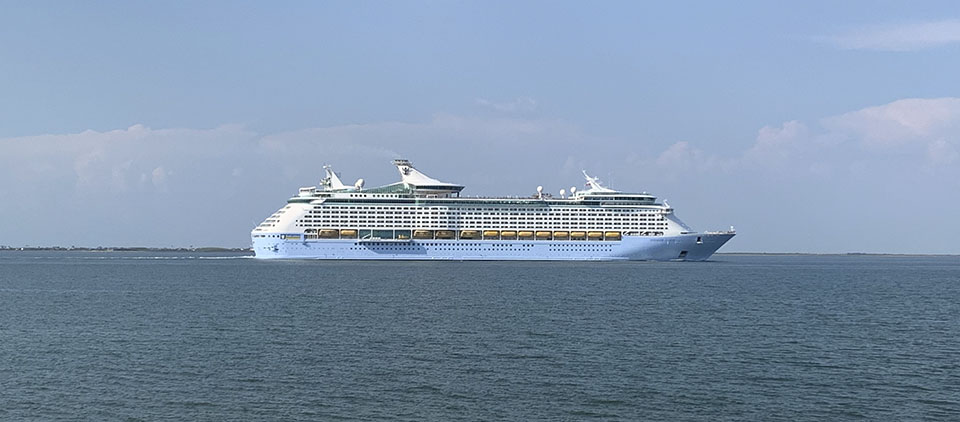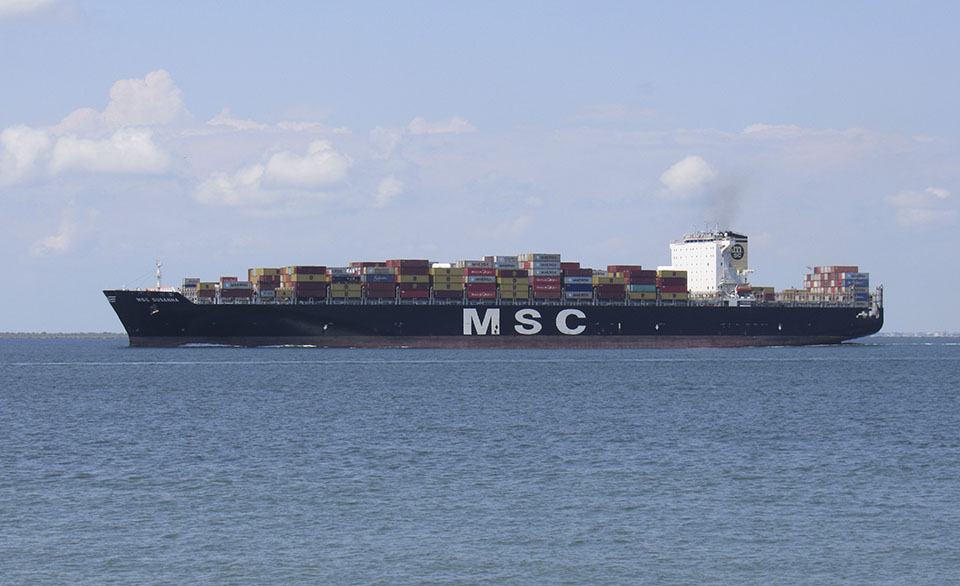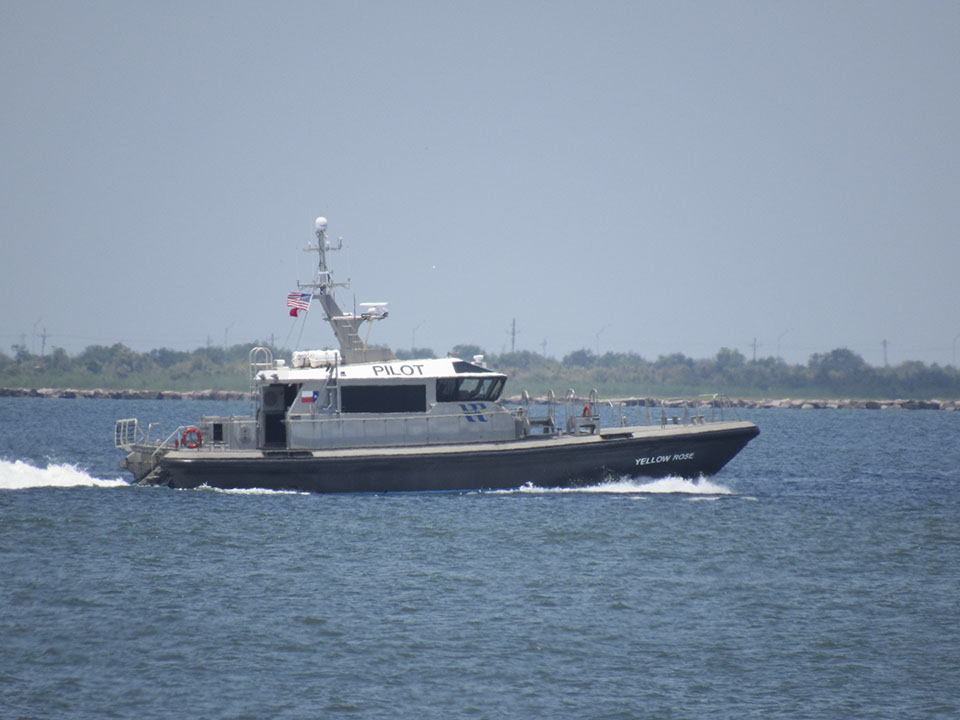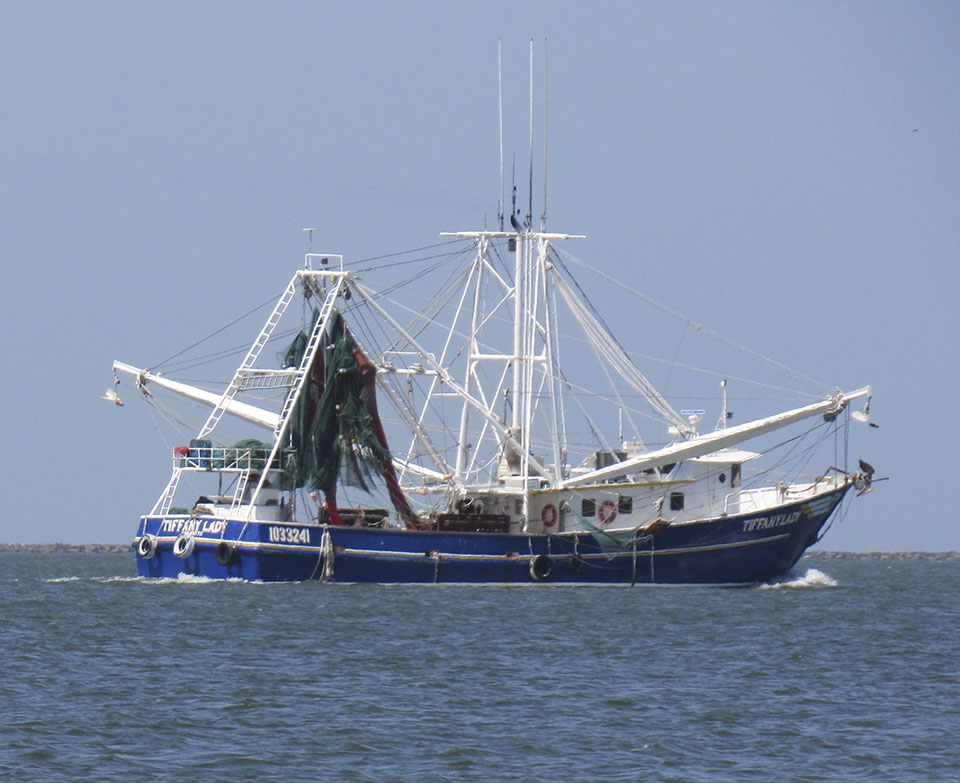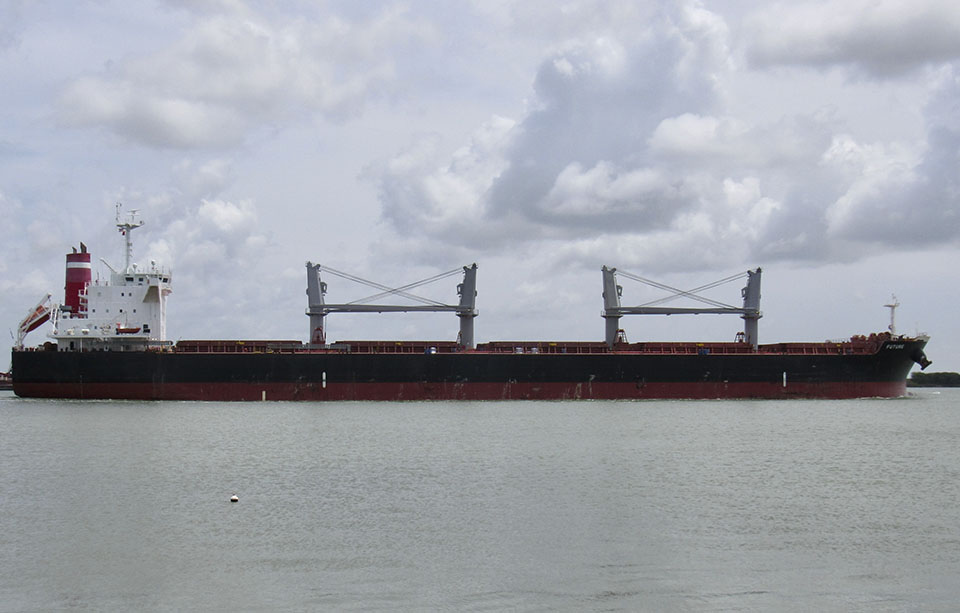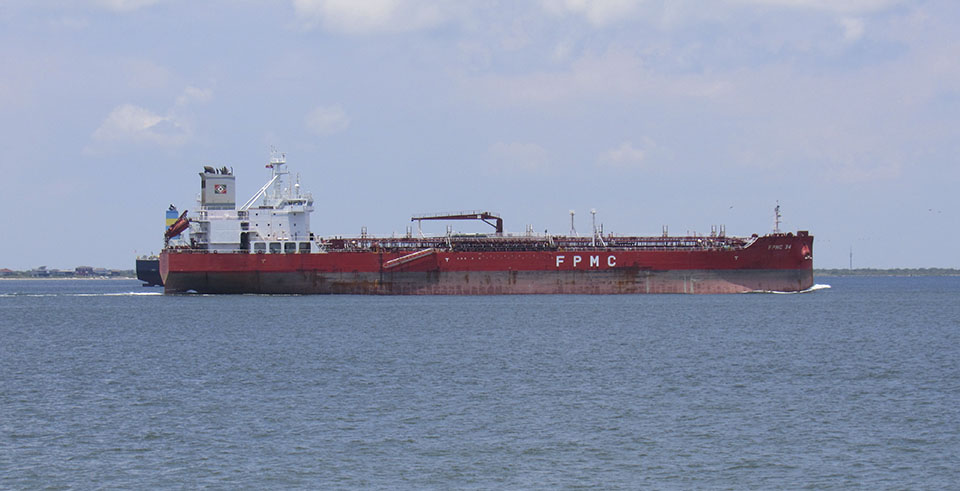by Steve Alexander
With the arrival of fall, now’s a good time to explore Galveston’s east end seawall, an area distant from the lure of beaches that beckon visitors during spring and summer. And this spot is easy to find- simply travel east on Seawall Boulevard to its end and you’re there.
You’ll not be disappointed. There’s plenty to see. In fact, I covered some of the sights in a previous blog (see “Bolivar Roads: The doorway to Galveston Bay”). But there’s so much more I hope to cover in this and future blogs.
After your arrival, park at the end of the seawall, get out and look out over this waterway. In front of you is Bolivar Roads, one of the busiest shipping lanes in the country. If you look across the water, the shoreline you see in the distance is Bolivar Peninsula, one that stretches before you some 30 miles up the coast to High Island. And if you look to your left in the distance, you may see a ferry (photo) traveling across the ship channel carrying cars and passengers between Galveston Island and Bolivar Peninsula.
In front of you, you’ll see an assortment of ocean-going vessels, some inbound, some outbound, and some at anchor. Cruise ships (photo), because they are large and colorful, are hard to miss. And getting a look at one is now easier than ever, since Galveston has become a major cruise port.
Another ship hard to miss, one that seems to dwarf all other ships, is called a container ship (photo). These ships can carry up to thousands of containers, each containing some of the common items we use in our daily lives. After offloading in port, containers are transported to their destination by trucks, some of which may pass you on the freeway.
Another vessel you have a good chance of seeing is a pilot boat (photo). Galveston, like other ports, uses pilot boats to deliver local pilots to ships leaving or entering local waterways. Local pilots have a more detailed knowledge of local waters, so are better able to safely guide ships offshore and inshore.
During the shrimping season, you may catch a glimpse of a shrimp boat (photo) heading offshore. These boats come in all shapes and sizes, but have one thing in common- they carry one to several nets. In addition, the larger boats may have “wings”, or what are known as outriggers, like the ones seen here.
Lastly, there are several types of ships that carry large quantities of dry goods or liquid cargo- these are called bulk carriers and tankers, respectively. Bulk carriers (photo) carry large quantities of unpackaged dry goods like salt, cement, fertilizer, or grain. Tankers (photo) are specialized ships that carry large quantities of liquid cargo like oil, liquefied gas, or chemicals.
These are some of the notable ships I’ve seen traverse this busy waterway. I encourage you to travel to the seawall’s east end to see the show for yourself. But be wary of the raccoons!
Steve Alexander
Steve Alexander teaches wetlands management at Texas A&M University at Galveston and is a former member of the Board of Directors of the Galveston Island Nature Tourism Council. He is the author of Exploring Galveston: A Naturalist’s Guide to the Island.
